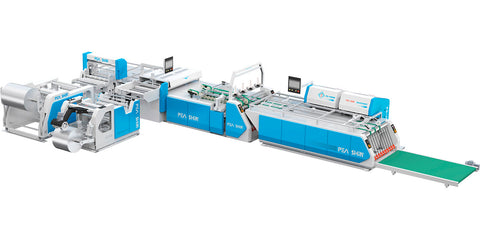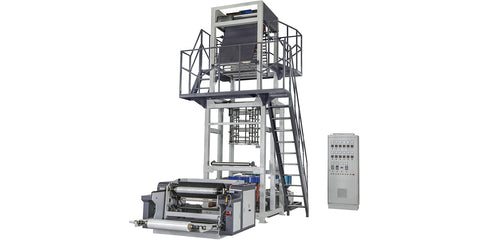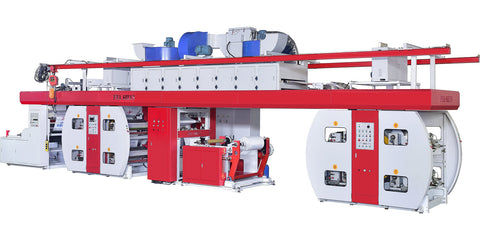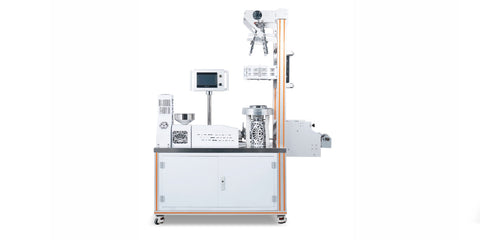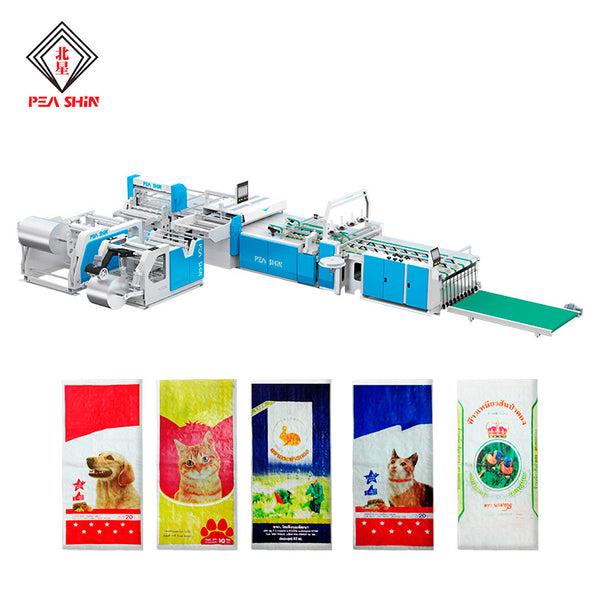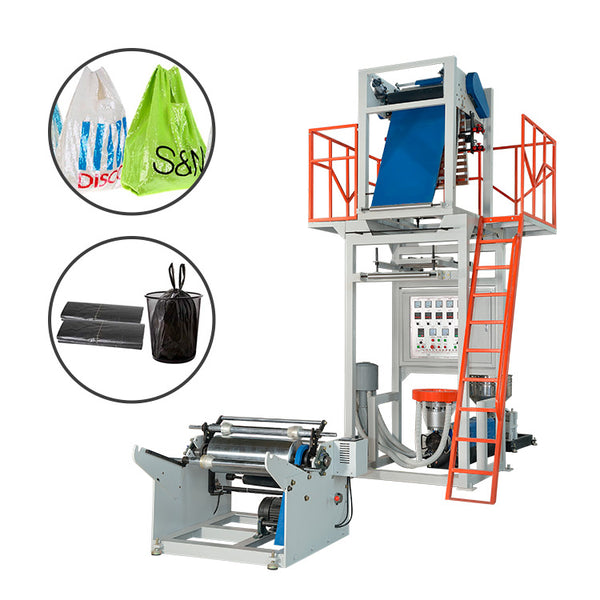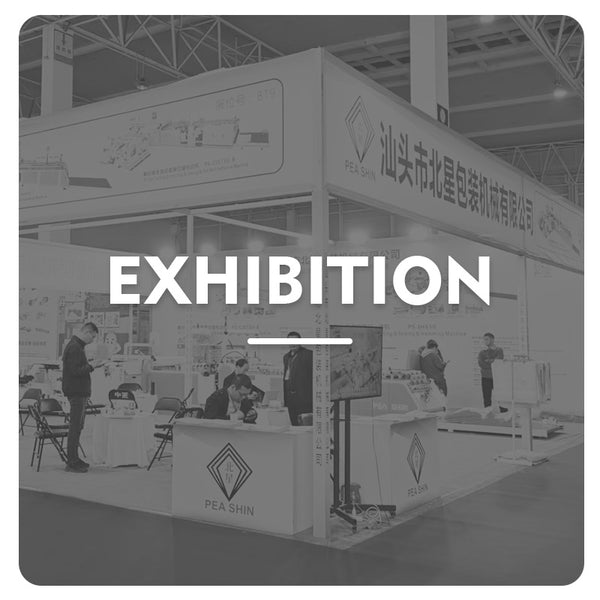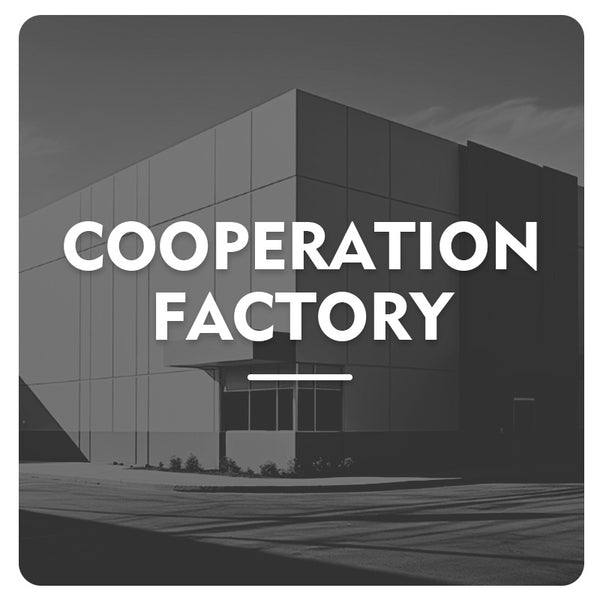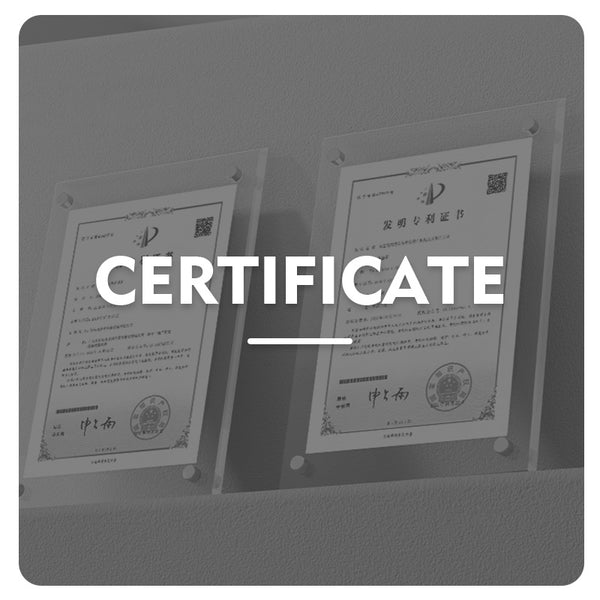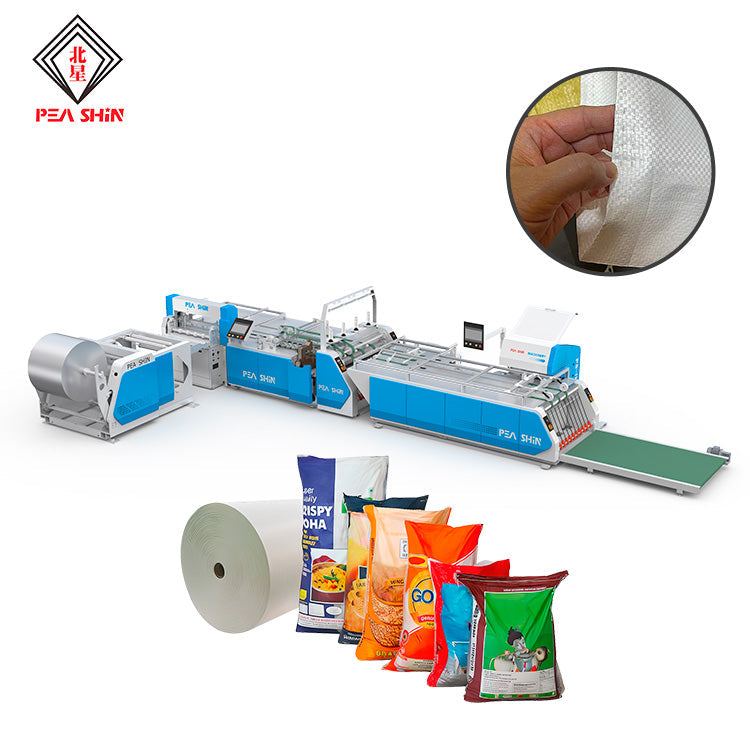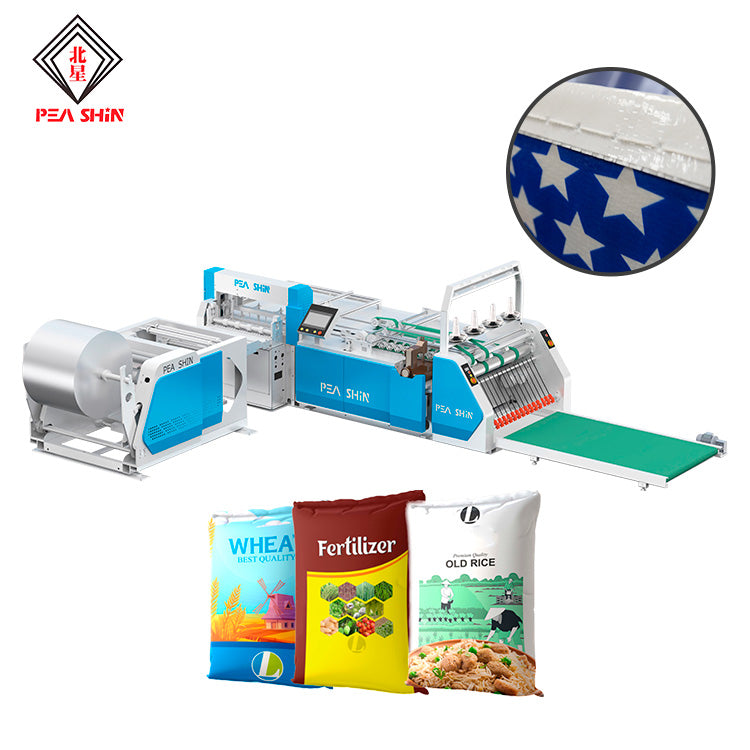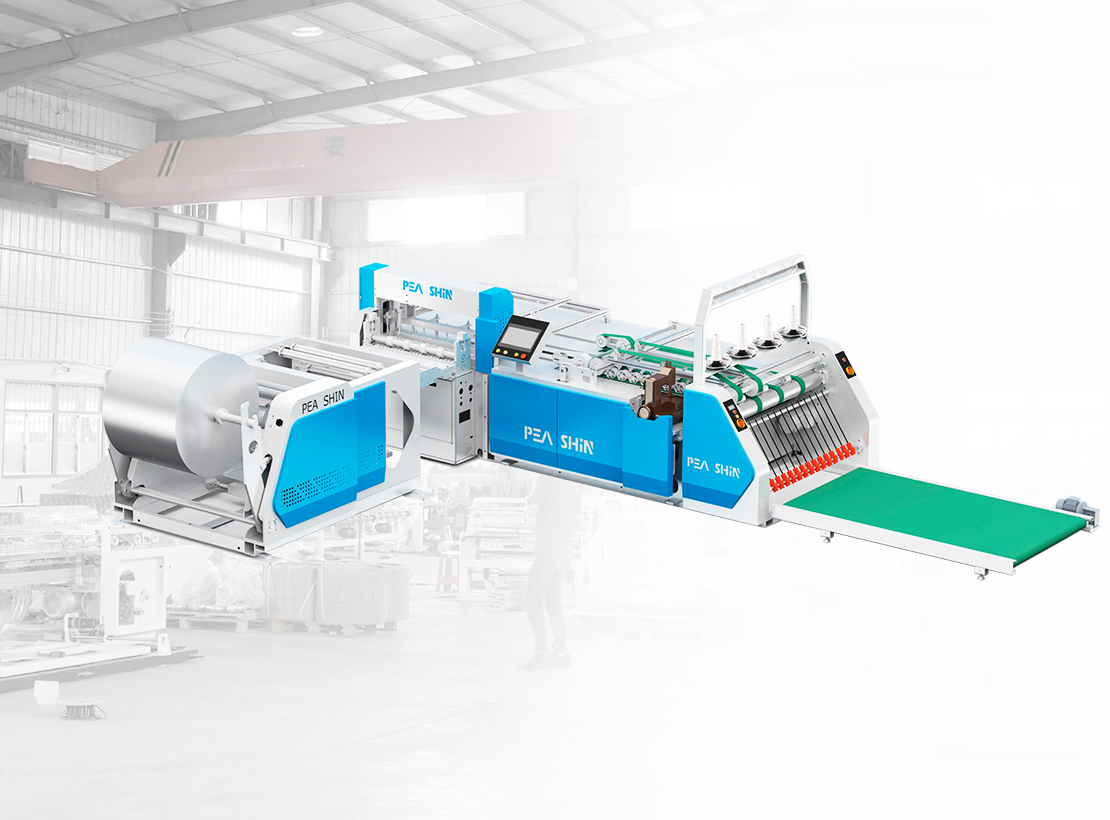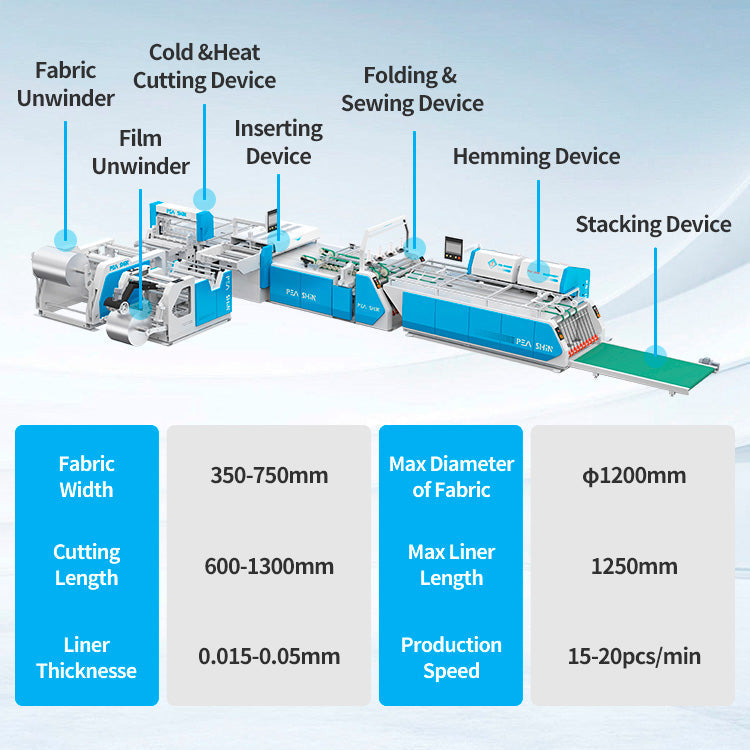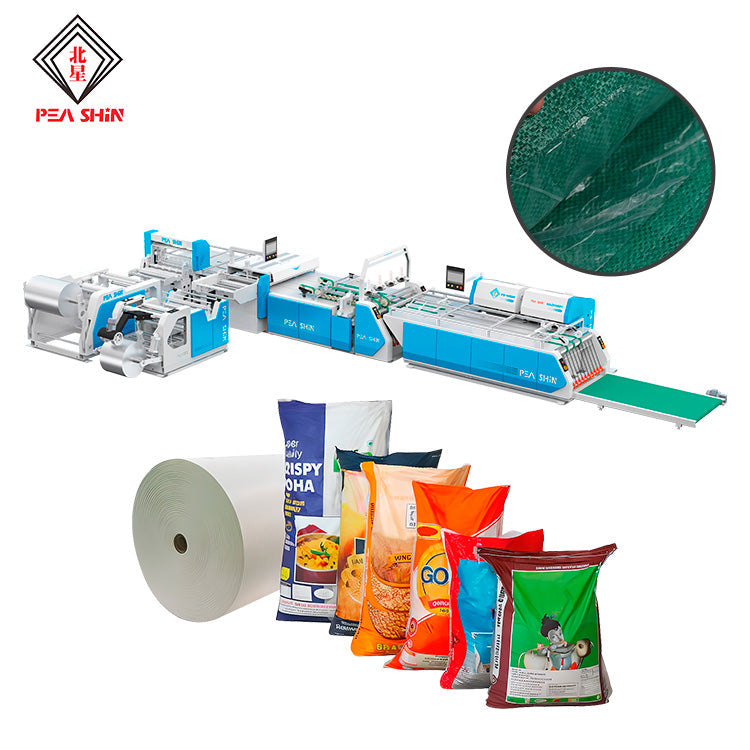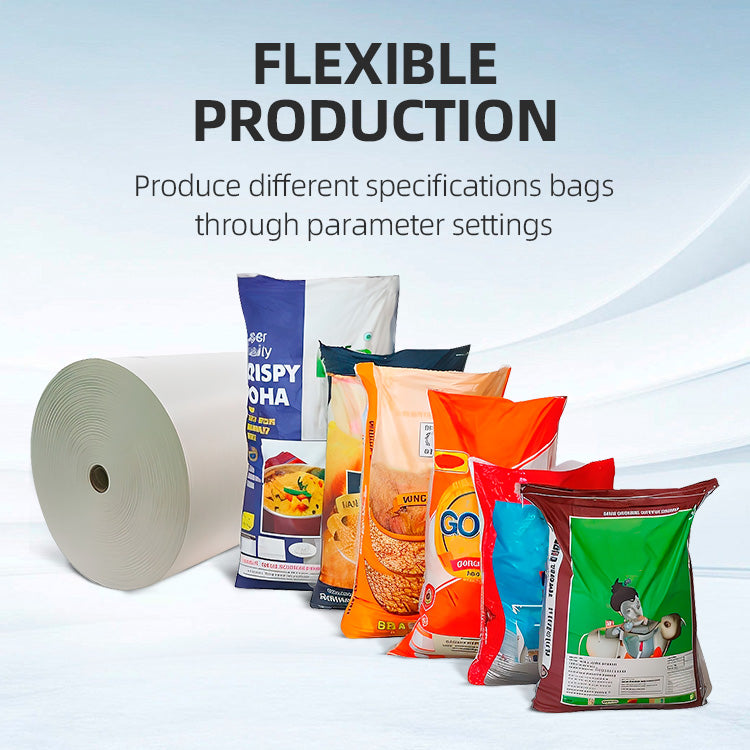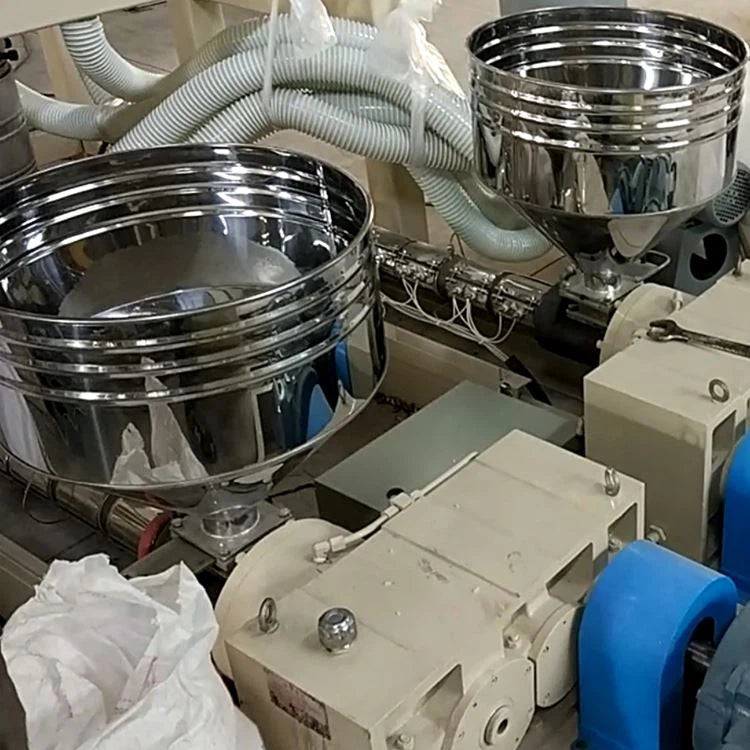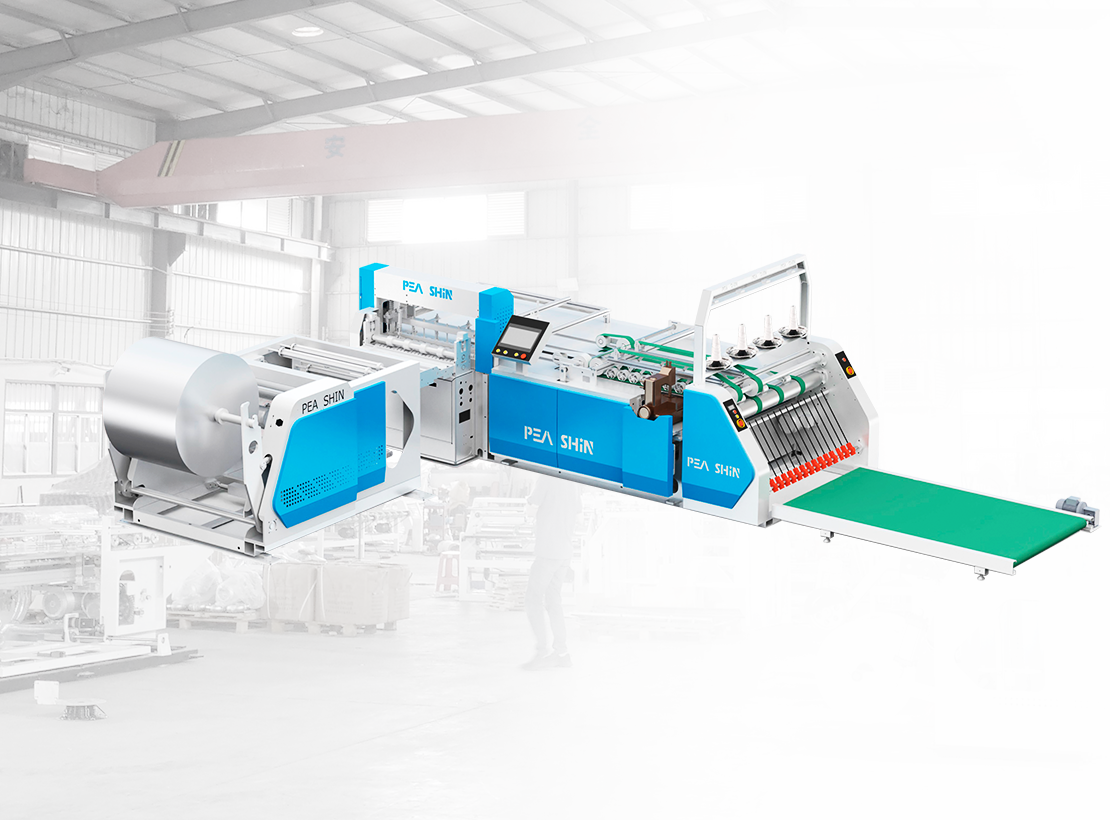Global Market Growth and Demand for Bag Making Machines in 2025
The global bag making machine market is experiencing steady growth as demand for woven PP and laminated bags continues to rise across multiple industries. With increasing e-commerce packaging, industrial applications, and agricultural requirements, manufacturers are investing in efficient, high-speed, and automated machinery to meet production needs. Understanding market trends and global demand is crucial for suppliers, investors, and factories seeking to optimize production strategies.
One of the main drivers of market growth is the expansion of e-commerce and retail packaging. Online shopping has surged worldwide, creating demand for durable, lightweight, and customizable bags. Factories require machines capable of producing various bag formats, such as flat bags, T-shirt bags, and block-bottom bags, often with integrated printing for branding. High-speed bag making machines enable manufacturers to keep pace with rapidly increasing order volumes.
Industrial applications also fuel demand. Sectors such as agriculture, cement, chemicals, and food packaging require sturdy, uniform bags produced efficiently. Fertilizer and feed manufacturers, for example, rely on woven PP and laminated bags for bulk transport, necessitating reliable machines with precise cutting and sealing capabilities. Automated bag making lines ensure consistent quality while reducing labor dependency.
Regional demand dynamics are shaping the market. Asia-Pacific remains a leading hub for both production and consumption of bag making machines, driven by large manufacturing bases in China, India, and Southeast Asia. Africa and Latin America are emerging markets as infrastructure and industrial activities expand, presenting opportunities for mid-range and high-end machinery. North America and Europe continue to demand technologically advanced and energy-efficient machines to meet industrial and sustainability standards.
Technological advancements in machines further influence market growth. Automation, servo control, predictive maintenance, and IoT integration have become key differentiators. Manufacturers are adopting digital solutions to improve efficiency, reduce waste, and enhance production flexibility. Factories investing in advanced lines can produce higher volumes with consistent quality, capturing larger market shares and meeting international export standards.
Sustainability considerations are increasingly impacting purchasing decisions. Machines capable of handling recycled PP, biodegradable films, or energy-efficient operations are gaining popularity. Companies adopting eco-friendly production practices appeal to environmentally conscious consumers and comply with stricter regulations, particularly in Europe and North America. Sustainability initiatives are not only ethical but also commercially strategic in a globalized market.
Customization and modularity are essential for global competitiveness. Machines that can switch between different bag sizes, materials, and formats without major reconfiguration allow manufacturers to respond quickly to market demands. Modular designs also support incremental upgrades, enabling factories to integrate the latest technologies without replacing entire production lines. This adaptability supports long-term growth and ROI.
Service and support networks influence market preference. Manufacturers increasingly select brands that provide global support, fast spare parts delivery, and operator training. Downtime in bag production can directly affect supply chains, making responsive service a key factor in decision-making. Suppliers with strong international networks enjoy better market penetration and customer loyalty.
Economic factors such as material costs, labor availability, and energy prices also affect demand. Rising polypropylene costs encourage manufacturers to adopt efficient, high-yield machines. In regions with higher labor costs, automated lines are preferred to reduce workforce dependency while maintaining production levels. Global trade policies and import/export regulations further shape the purchasing landscape.
In conclusion, the global bag making machine market is poised for continued growth driven by e-commerce expansion, industrial packaging needs, automation, sustainability, and flexible machine designs. Factories that invest in high-performance, efficient, and adaptable machines can capitalize on increasing demand while improving production efficiency and quality. Understanding market trends and global demand ensures that manufacturers and suppliers remain competitive in this rapidly evolving industry.
